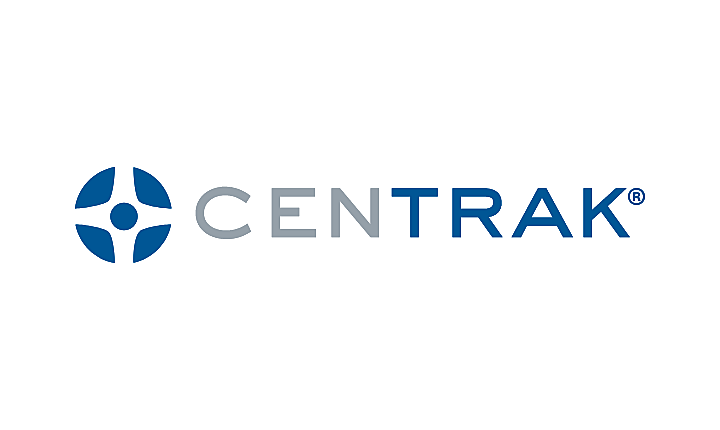RTLS From a Clinical Perspective

In this day and age, everyone is being asked to do more with less. The nursing shortage has left clinical staff with a higher patient ratio, meaning caregivers are burdened with more tasks and less time for patient interaction.
Technologies like Real-Time Location Systems (RTLS) are meant to enhance the staff and patient experience by automating mundane tasks (like finding an IV pump, canceling a call light, logging hourly rounding, etc.), so staff can do what they enjoy, which is to care for, and spend time with patients.
Hospital administrators, the C-Suite, and vendors alike see the value in investing in RTLS, but what about the clinical staff who will be asked to use the technology day in and day out? If staff members think it’s a burden or don’t see the value, regardless of the C-Suite’s intentions or how they plan to utilize the collected data (to streamline workflows, justify staffing requests, purchase, or rent additional assets, etc.), it will be a total bust. RTLS can increase the efficiency of caregivers, eliminate non-value-added tasks from their shift, and provide a significant ROI for the health system.
Let’s look closer at some of the different RTLS use cases and how they can benefit clinical staff:
Asset Management
Are you tired of spending countless hours each shift looking for mobile medical equipment? Do nurses on your floor hoard equipment so they can find what they are looking for when they need it? Then an RTLS-enabled Asset Management solution can help. Asset tags are adhered to equipment, enabling staff to see a map or list view of assets quickly and easily. From a workstation computer or mobile device, staff can see which assets are available and where they are located in the hospital. Being able to locate essential equipment with a few simple clicks saves time and allows you to have longer and more meaningful interactions with patients. Once the asset is no longer in use, the system will automatically update its status and alert the appropriate team member that it is available for cleaning or servicing. Clinical staff will always have updated information regarding asset availability and location, in real-time. Facilities that have an asset management solution can easily enable a logistics automation application that optimizes workflow and eliminates time waste. From the same workstation or mobile device that staff are using to locate assets, they are also able to request equipment, PPE, and environmental services. They can track those requests and the nurse manager can analyze when high-demand mobile medical devices are being used and adjust inventory levels accordingly.
Workflow Automation
RTLS-enabled nurse call systems automatically detect when a staff member enters a patient room or bay, cancels the call, logs the response time, and illuminates the corresponding dome light – all hands-free. No more tripping over equipment, visitors, or their belongings to cancel the call. You proceed directly to the patient to provide assistance, and colleagues see from the illuminated dome light that a caregiver is in the room. Auto-cancellation results in decreased response times, resulting in happier staff and satisfied patients. With RTLS, the first thought is always the patient.
Other cloud-based software applications run in the background and automate time-consuming workflow-related tasks and communications. These applications allow for:
- Patient self-check-in - which eliminates registration lines and allows staff to focus on other priorities.
- Patient status updates – turn any monitor into a display screen that shows estimated wait times and patient status updates in real-time.
- Family text messaging – at the beginning of their care journey, patients can input family phone numbers into the system. Family members will receive automatic updates regarding the patient’s status and care progression (without manual effort from staff members).
- Staff views – monitors can be turned into display boards showcasing the status and location of all patients. The display board can also be sent automatic alerts to staff to inform them of bottlenecks and extended wait times.
These clinical workflow solutions do not require additional work from staff members. Time-consuming tasks are automated allowing for greater visibility and efficiency on the floor.
Staff Duress
Unfortunately, violence against healthcare workers is at an all-time high. On top of the burnout that many nurses are facing due to staffing shortages, the increase in violence is making many consider leaving healthcare. Employees at a facility with an RTLS-enabled duress system are given a staff badge that is equipped with duress technology, meaning a safer environment is always within arm’s reach. If a staff member is being attacked, feels unsafe, or needs assistance, they can discreetly summon for help with a push of a button from their staff badge. The technology in the badge sends updates to security personnel with location movements so first responders know exactly where to go to intervene. Security can see real-time maps, immediate alert notifications, and continuous location updates during a duress event. Time is invaluable when it comes to limiting injury and de-escalating a potentially violent situation. RTLS ensures help is always there when you need it. Safety on the job should be a norm, not an exception. Healthcare workers should have peace of mind that if they need help, they can receive it quickly, and RTLS provides just that.
Digital Wayfinding
Staff members are being asked to operate at the top of their license and are expected to always go above and beyond. This unfortunately means that staff members have less and less time to interact with anyone other than their patients. Implementing a digital wayfinding solution puts control into the palm of patients’ and visitors’ hands and prevents interruptions to staff by providing turn-by-turn navigation. From anywhere on the facility campus, or from the comfort of their own home, users of this application can search for keywords or points of interest and select custom routing such as ADA-compliant paths, and even receive driving or walking directions to the facility. Implementing this technology can limit the number of times clinical staff are stopped and asked for directions. This application is great for travel nurses, contractors, and vendors as well, who may not be as familiar with their current work location.
The Elephant in the Room
Now let's talk about the elephant in the room. Staff can be weary of being "tracked" and feel it will be used for punitive measures. That’s not the case. RTLS is a staff and patient safety tool and implemented as such. Hospitals do not pay for someone to watch each individual throughout their shift, it's not feasible or cost-effective to do so. Staff quickly come to appreciate seeing the illuminated dome lights to know where a co-worker is on the unit or the comfort of knowing security is just a button press away on their RTLS badge.
RTLS has many other use cases that free staff to do what they care about most, providing quality care and education to those who need it. While these use cases do help the facility’s bottom line, they are implemented to provide a greater staff and patient experience and to boost morale. Without you, our healthcare workers, our society would crumble. Vendors like CenTrak create these technologies to ensure you are able to do your job efficiently and safely and to transform the healthcare experience. RTLS can improve the quality of your work life, and in our opinion, happy staff equals happy patients and families.






